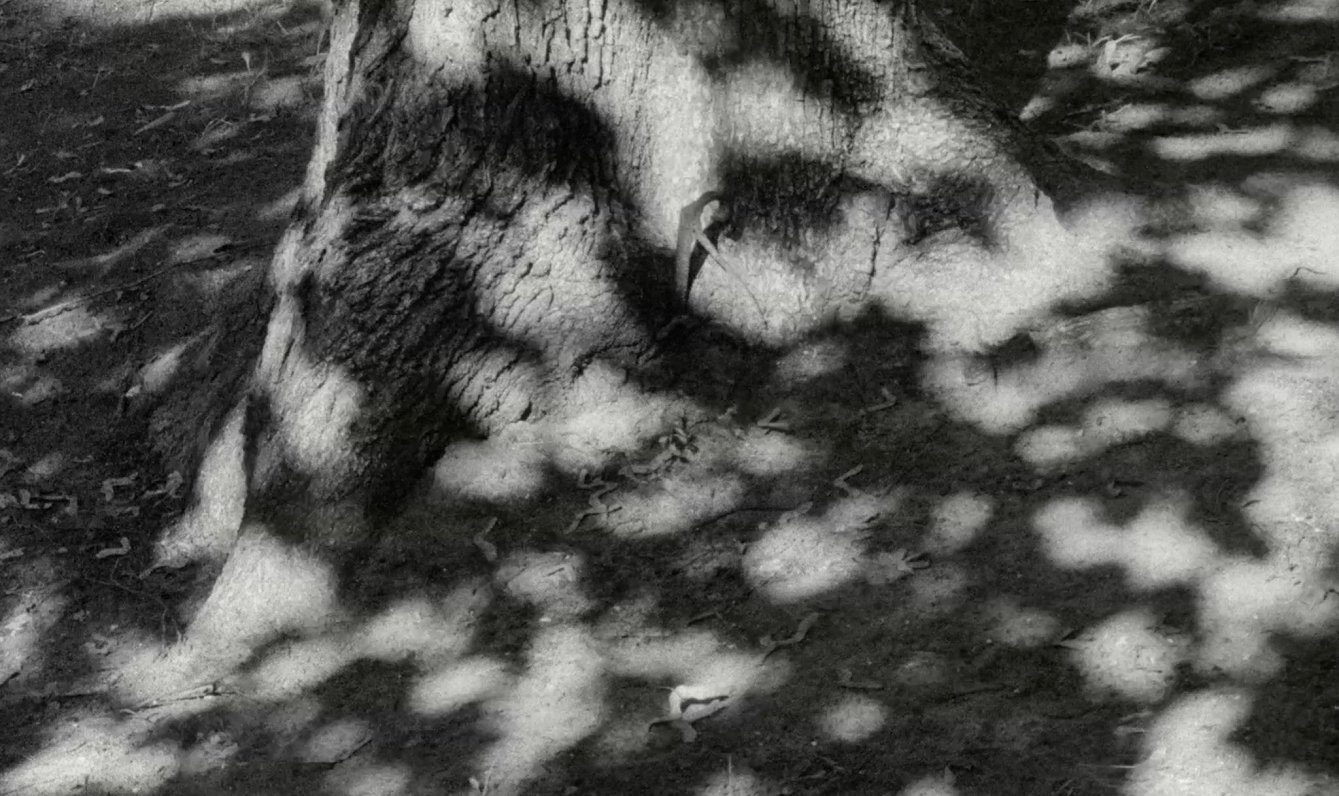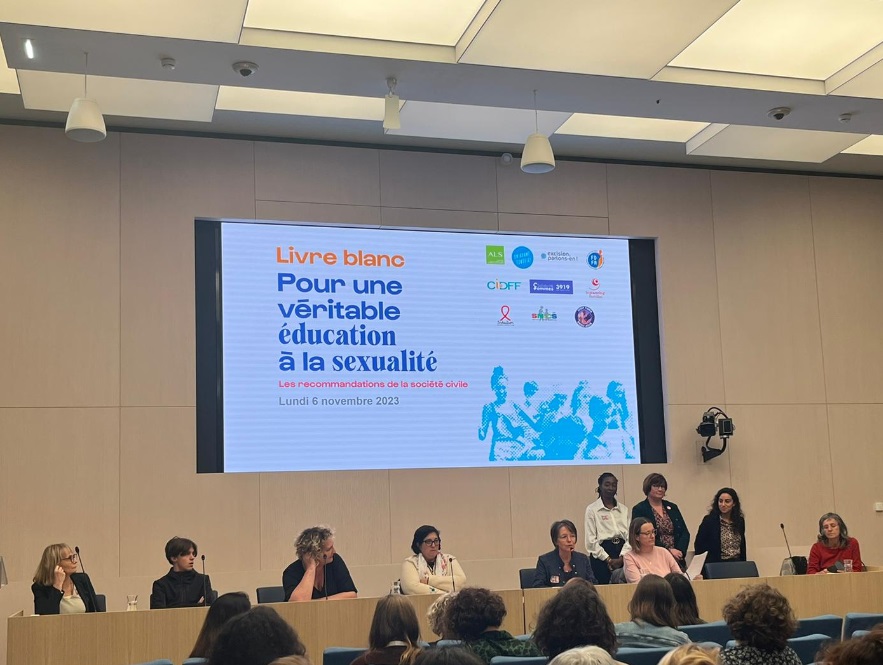The group’s exhibition “Wearable Memory and Body Techniques” touches on the life and legacy of two personalities – Solomon Levitānus, a tailor designer and author of tailoring textbooks, and Lyuba Monastirskas, a textile student and designer at Bauhaus.
One of the curators of the exhibition is the great-granddaughter of Solomon Levitanus, who currently lives in Germany, Rikarda Mesner: “He was not just a tailor. He created textbooks to share his knowledge of how to make clothes. They were books with patterns and cuts for men, for women, even for religious clothing.He himself published these books in five languages - Latvian, Lithuanian, Polish, German and Russian.
Through our conversations over the last 7 years, I discovered more material about him and I understood the wider context of Latvian-Jewish cultural heritage. At some point I no longer wanted it to be a private family study, I wanted to make it public.”
Paying attention to the cultural heritage of Latvian Jews, highlighting the impermanence of knowledge and the fragility of archives, this Kim? The project of the contemporary art center seems to challenge collective amnesia.
Curator Estere Kajema (UK/Latvia) says: “What we think about a lot is knowledge and memory. About how knowledge can travel through time and through family, and also through some kind of narrative.”
The exhibition was created 80 years after the murders of the two designers of Jewish origin in Riga Central Prison and Rumbula Forest during the Holocaust in the Second World War.
“Solomon, he died in prison, he was one of the first Jewish men who died in Latvia, in the summer of 1941, and Luba died in Rumbula, the same year. We have this fantasy that maybe they knew each other, maybe they talked, and they had some kind of connection,” reveals Kayema.
Several contemporary artists are involved in the creation of new works of art, including Daiga Grantiņa, “Mareunrol’s” and Krista Dzudzilo.
“Viewing is very directly related to these works of mine, but to a large extent it is generally related to my professional activity or interest in ideas, thoughts in art, which is memory, the past, forgetting, remembering… bringing history to life,” Dzudzilo assesses.
“The past part of these works is a small photograph of Luba, which was born from a very small picture, which fascinates me in general and with which I like to work, that some small incident or accident, or an image that is perhaps only significant for the person depicted there, then it becomes an autonomous size, a work of art that is energetically connected to that person, but by itself,” says the artist.
Historical stands provide a unique glimpse into the past. The curator of the exhibition, Zane Onckule, reveals: “One of them is the original editions of Solomon Levitānus in the collection of the National Library of Latvia, the scrapbooks he published over the course of several decades. Starting from tracing the specific sewing techniques of the Polish army suit to the making of a monk’s robe, and accompanying it interesting, playful and poetic language typical of its time, how to work with cut-outs. The second element – the showcase – is dedicated to Luba Monastirska, a “Bauhaus” student from Riga, who, after completing her studies at “Bauhaus”, started a successful career working in one of the leading large textile factories, in which she was responsible for developing the design, creating various textile samples. In those showcases we see three small, fragile and the only physically preserved samples of works created by Luba, which are specifically intended for sofas and various seating furniture.”
The exhibition dedicated to the legacy left by designers will be complemented by a wide accompanying program and creative workshops.
Sergejs Loznica, film “The Old Jewish Cemetery”. “Atoms & Void”, “Mistrus media”, Netherlands, Latvia, 2014.
Photo: still from the film
Sergejs Loznica, film “The Old Jewish Cemetery”. “Atoms & Void”, “Mistrus media”, Netherlands, Latvia, 2014.
Photo: still from the movie
Sergejs Loznica, film “The Old Jewish Cemetery”. “Atoms & Void”, “Mistrus media”, Netherlands, Latvia, 2014.
Photo: still from the movie
Sergejs Loznica, film “The Old Jewish Cemetery”. “Atoms & Void”, “Mistrus media”, Netherlands, Latvia, 2014.
Photo: still from the film
Sergejs Loznica, film “The Old Jewish Cemetery”. “Atoms & Void”, “Mistrus media”, Netherlands, Latvia, 2014.
Photo: still from the movie
Sergejs Loznica, film “The Old Jewish Cemetery”. “Atoms & Void”, “Mistrus media”, Netherlands, Latvia, 2014.
Photo: still from the film
Sergejs Loznica, film “The Old Jewish Cemetery”. “Atoms & Void”, “Mistrus media”, Netherlands, Latvia, 2014.
Photo: still from the film
Sergejs Loznica, film “The Old Jewish Cemetery”. “Atoms & Void”, “Mistrus media”, Netherlands, Latvia, 2014.
Photo: still from the movie
2023-11-07 17:51:30
#tragedy #Holocaust #language #contemporary #art #exhibition #Wearable #memory #body #techniques


